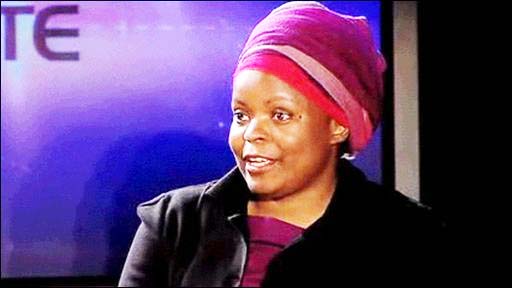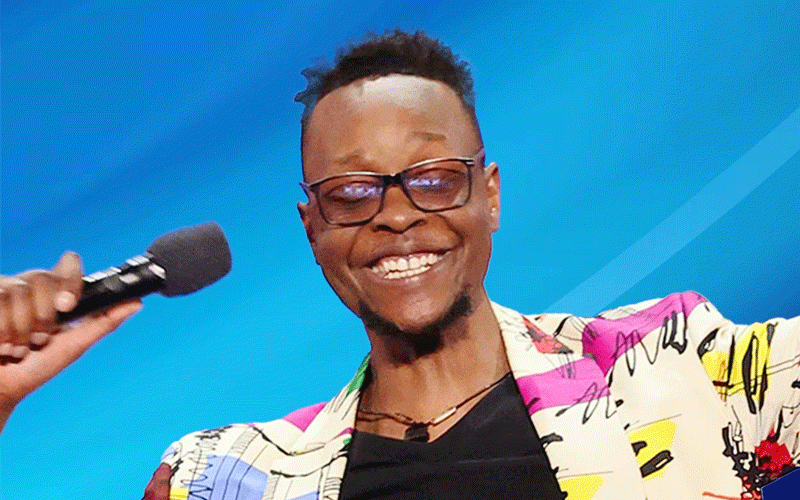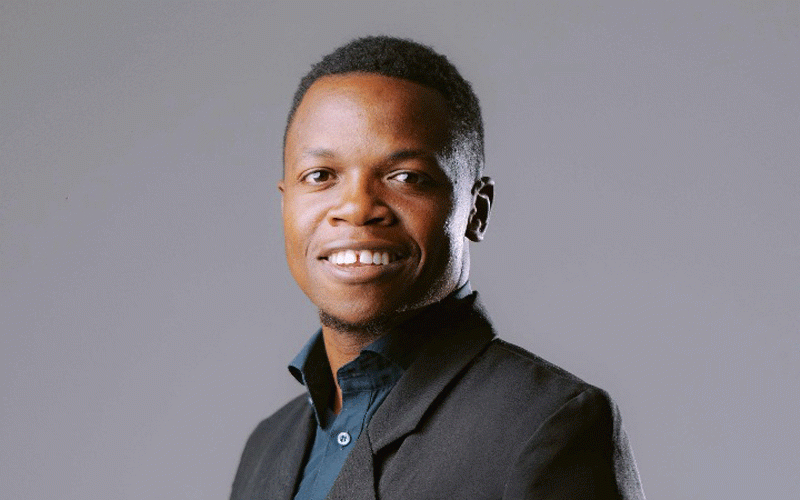
Nashville — The Book of Memory by Zimbabwean author Petina Gappah is a fiercely vivid novel that in some places — particularly, unfortunately, its opening pages — takes itself too seriously. Some paragraphs there are loaded with foreshadowing and sentimentality — but this is just an awkward warm-up for a book of song and colour.
By Nichole Perkins
“[My mother] is the voice of the Chimera that haunts my dreams. She is the stranger that glances back from my mirror when I least expect to see her. She is my beating heart, my palpitating fear.”
Gappah’s first book, the short-story collection An Elegy for Easterly (2009), was shortlisted for the Frank O’Connor Prize and was a finalist for the Orwell Prize and the Los Angeles Times Book Prize for first fiction and won the Guardian First Book Award. An Elegy for Easterly is filled with secrets — the hypocrisy, the transparency, the consequences — and these themes stretch into The Book of Memory.
Memory is an albino woman who sits in Chikurubi Maximum Security Prison in Harare, Zimbabwe. She has been convicted of murdering her adoptive father, Lloyd Hendricks, a white man who bought Memory from her parents when she was nine. To prove her innocence, Memory follows her lawyer’s advice and writes down her version of the events.
Yet how can one be sure that what one remembers is what happened? The mind has a tricky way of reshaping memories. And yes, she’s a woman named Memory writing her memoir, pushing the tale into the realm of allegory. I couldn’t help but find cheek in the idea of a woman named Memory writing her memoir. Lloyd nicknamed her Mnemosyne, the Greek personification of memory and mother of the nine muses. When Lloyd first meets his young charge, he says, “Speak, Mnemosyne,” alluding both to the mythological figure and Vladimir Nabokov’s autobiography, “Speak, Memory.” Gappah becomes ouroboric in her attempts to blend recollection and writing.
Memory comes with her own gallows humour as she traces what led her to be the first woman in 20 years assigned to death row. She teases the women who visit her for the sake of charity and academic research. She slyly makes fun of one of the prison guards who is learning English to be a court interpreter. Memory quotes the guard’s malapropisms, such as her disappointment in learning that some women have never had “a single organism.” Memory is surprised to find laughter in prison, yet she confesses, “there is a hysterical edge to my laughter, because every time I laugh, I know that I am laughing into darkness.”
The first half of the novel details her childhood before her adoption by Lloyd; the second half is dedicated to her life after he “takes her in” (he preferred using this language to saying he had bought her from her family). And yet within this clear structure, the narrative moves in and out of time.
- Chamisa under fire over US$120K donation
- Mavhunga puts DeMbare into Chibuku quarterfinals
- Pension funds bet on Cabora Bassa oilfields
- Councils defy govt fire tender directive
Keep Reading
Art is a tool of remembrance. Photographs, music, literature generate stories that take Memory in different directions. Photos of family tucked in books, songs of mourning reaching throughout the prison, television shows and films all act as landmarks. The nonlinear storytelling serves as a testament to the malleability of how people recall their past. When Memory begins writing, she has been in prison for more than three years. She writes to make an appeal about her sentence. How could the trauma of her prison stay have affected her story? How reliable is Memory as a narrator? Is she trustworthy?
“That is the thing about memory. Sometimes you come to understand the things you cannot possibly have known; they make sense and you rewrite the memory to make it coherent,” she writes.
Later, Memory shares that after the first few years of living with Lloyd, what she remembers of her original family fades away — and yet we’ve already read, in the book’s first half, a collection of carefully detailed images of her family life before Lloyd. The very structure demands one question what is real memory and what has been corrected.
During the book’s second half, it becomes clear that Memory’s zigzagging story line is not just because of a distracted or faulty memory. She is dancing around a secret. Once she decides to hint at it, it becomes easily decipherable. Memory languishes in the pleasure of retelling her childhood life in an impoverished town yet zips through her life with Lloyd, perhaps anticipating the reader’s eagerness to get to the matter at hand: discovering how Lloyd died and why.
In the rush, it seems Gappah could have spent more time letting the reader learn about Memory as an adult. She has a couple of significant relationships, but one is left severely underdeveloped, possibly because it has no direct connection to Lloyd, whose death remains at the book’s centre.
There are layers of racial bias as Memory, a black woman, stands accused of murdering a wealthy white man, and the prejudices Memory faces as a white-haired albino woman in Zimbabwe. And gender is also a factor: Most of her fellow female prisoners are in the jail because of their relationships with men. Gappah smoothly weaves these real-life issues into her first novel without shortchanging her main character.
As the novel slides into its conclusion, the fogginess of Memory’s reliability as a narrator clears. What remains — apart from the beautiful, gliding dance of language — is the way truth can corrupt memories as a means of protection.
Perkins is a freelance writer, based in her hometown of Nashville.
Los Angeles Times











